Speaker
Description
The MEG II experiment at Paul Scherrer Institut aims at a sensitivity improvement on μ → eγ decay by an order of magnitude with respect to the former MEG experiment while keeping the same detection strategy. This is possible thanks to a higher segmentation of all detectors, which improves the resolutions and helps to cope with twice muon stopping rate, mandatory to collect the required amount of statistics in three years.
The new WaveDAQ integrated Trigger and DAQ system has been developed to fit within the experiment upgrade, pushing further the performances of the DRS4 Switched Capacitor Digitizer allowing of GigaSample digitisation of all the 9000 channels in a custom made crate system. The system design is highly scalable and can cover the TDAQ needs ranging from laboratory tests to medium-scale experiments, like MEG II. Each WaveDAQ input channel can provide biasing for SiPMs applications and a programmable high bandwidth frontend, removing the need for additional hardware; the trigger generation is fully programmable on a multiple-FPGA architecture interconnected by low latency links and capable of computing charge and time-based selections in less than 500 ns.
The system has been installed in 2021 and is currently being used in the MEG engineering run. We will report about the overall trigger and DAQ commissioning and describe all the methodologies developed for being able to collect 8Gb/s of data from the WaveDAQ to the online machine.
| Primary experiment | MEG II |
|---|
